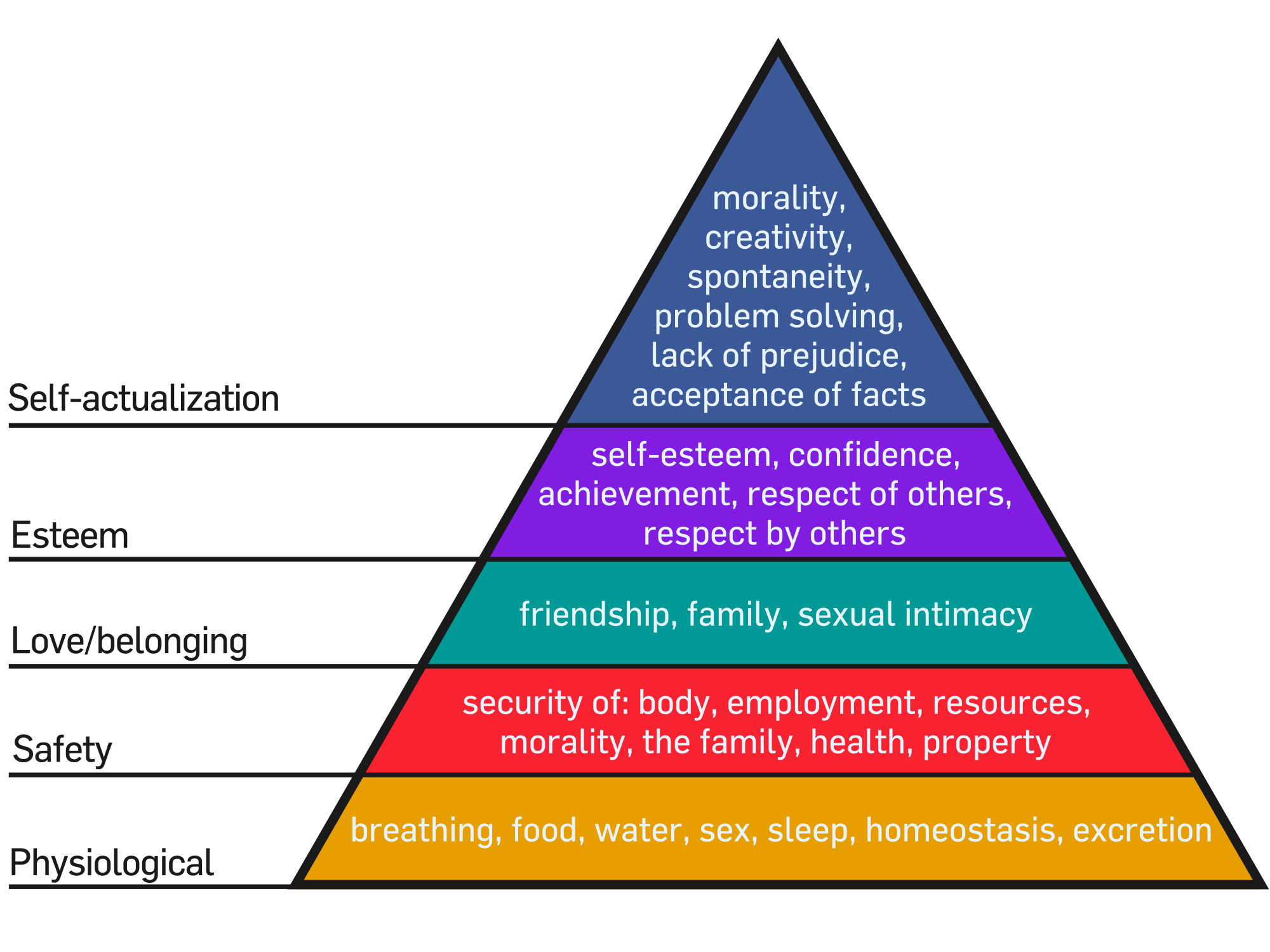
There have been a few articles, to say the least, on Yahoo C.E.O. Marissa Mayer’s decision to ban all working from home for all Yahoo employees. Following her
earth shattering announcement was a series of, “
She had to do it” articles that explained about the shiftless, mindless,
non producing consequences that followed from allowing employees to work from home. Or the list of missed opportunities that it represented.
Not long after that came an article in the New Yorker that mockingly explained something that I had been thinking all along. I don’t need to be at home to be non-productive. Statistics have shown for years that the majority of employees are not engaged. One study indicates that 60% of employees in Canada are disengaged; another 15% are actively disengaged leaving just 25% who care about their work. By actively disengaged I mean that they are not only not interested in their work, but they spend most of their time at work trying to ensure that others are not interested in their work. As someone who has to manage and motivate, I’d prefer if those actively disengaged employees were at home…permanently, but that’s another discussion.
The problem with employees who work from home and don’t produce isn’t location, among other things its culture and approach. The work culture, the management approach, the tools provided to employees to do their work, the incentives given and of course, how accountability is reinforced. Working in the office is not going to be a magic wand that solves a lack of engagement, commitment and dare I say it, poor work ethics.
I would be a poor communicator indeed, if I didn’t add that what’s also missing is communications. It would be challenging for even the most dedicated of employees to get their focus right without clear direction and ongoing communications, no matter where they work. In a world where teams are increasingly spread across continents, never mind cities, the whole debate of home or not home seems a bit moot. We have to learn to adapt our management approach to accommodate the concept that we won’t always be able to see our employees.
We have the technology required to do it. We have webcast, podcast, teleconference calls, videoconferencing, email and that ancient technology called faxes among other things. Yes, people still use fax machines. We can Jostle or Jive our employees into better engagement, we can even use Facebook, LinkedIn, Google Plus or any other interactive medium to inform and take a pulse. We just have to figure out how to use that technology to help us effectively manage and motivate staff.
I’m in Ottawa, Ontario and I have someone who reports to me from Halifax, Nova Scotia. She is easily one of the most dedicated employees I’ve ever had the pleasure of working with. I don’t worry about what she’s doing. I don’t debate the merits of having someone reporting to me that I can’t lay eyes on every day. I know what she’s doing based on weekly reports, calls and daily emails. I also get a clue from the products she produces and the services she delivers to our internal clients. We brainstorm on the phone and I have made fun of her by email.
I should also add that I work for an organization that has 5000 employees, the vast majority of whom work independently taking care of clients in their homes. These incredible employees spend their days on their own and rarely take time for lunch, never mind making their way into an office. They epitomize dedication, commitment and have a work ethic second to none. As it happens, the majority of the home and community care sector operates this way. So I think before jumping into the, “You need to be in an office to be productive” line, the more critical question is, what kind of culture have you created for employees to be productive in?
For the record, I’ve stared into space from my office desk and worked 12 hours without pause from home. I have also had great impromptu conversations that produced useful insights while I’m in the office and have been known to put a load of laundry on while at home. There is no magic related to location. The only real impact that working from home has on productivity, is lower traffic volumes.











